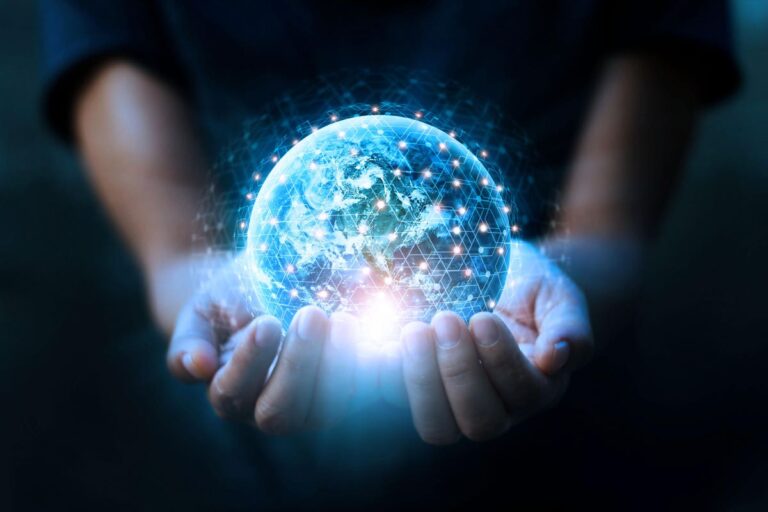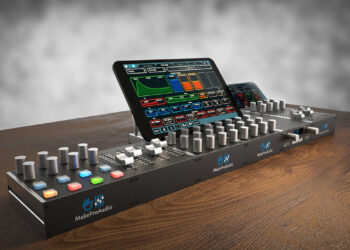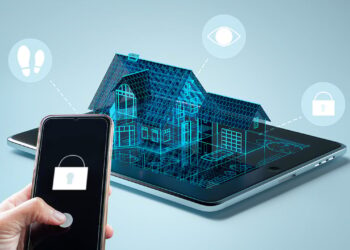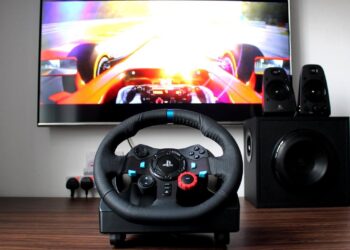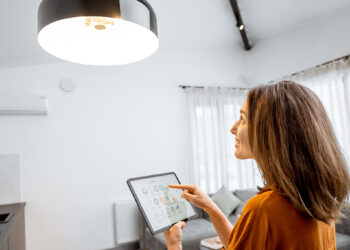In today’s rapidly evolving digital landscape, technology isn’t just a tool; it’s an extension of ourselves, constantly reshaping how we live, work, and interact. From the moment we wake up to the instant we close our eyes, innovative tech gear seamlessly integrates into our daily routines, offering unparalleled convenience, efficiency, and entertainment. This comprehensive article delves deep into the most groundbreaking technological innovations, exploring their impact, dissecting their functionalities, and envisioning the future they promise. Get ready to embark on a journey through the cutting edge of tech, where imagination meets reality.
The Ubiquitous Smart Devices
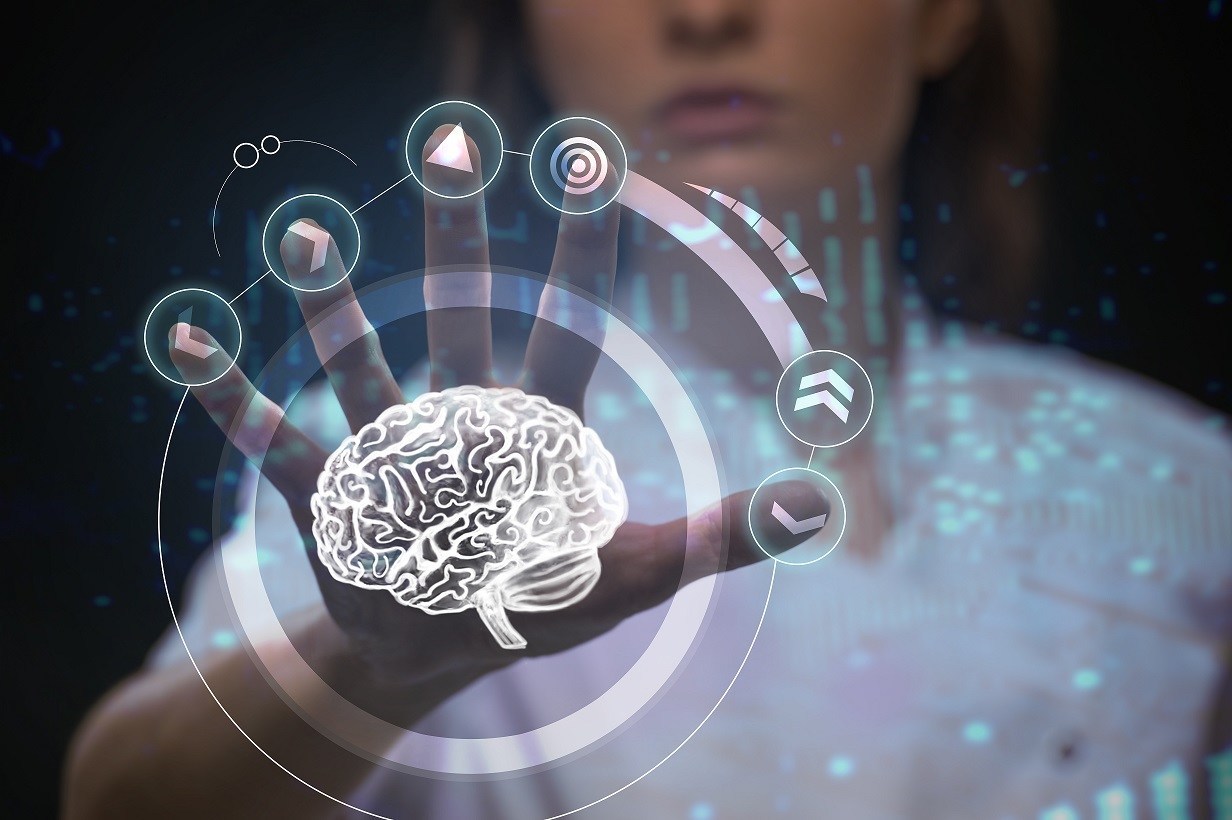
The rise of smart devices has been nothing short of phenomenal. What began as simple connectivity has blossomed into a complex ecosystem of interconnected gadgets, each playing a crucial role in our digital lives. These aren’t merely individual pieces of hardware; they are intelligent companions, learning our habits, anticipating our needs, and streamlining our interactions with the world.
Smartphones
A. Evolution and Capabilities: From bulky bricks primarily used for calls, smartphones have transformed into powerful pocket-sized computers. Modern smartphones boast multi-core processors, gigabytes of RAM, high-resolution multi-lens cameras, and vibrant AMOLED displays. They are the primary gateway to the internet, our personal communication hubs, and increasingly, our mobile offices and entertainment centers. The integration of artificial intelligence (AI) and machine learning (ML) allows for advanced features like facial recognition, voice assistants, and predictive text, making interactions more intuitive and personalized.
B. Beyond Communication: Smartphones have transcended their initial purpose. They are now essential for mobile banking, navigating with GPS, streaming high-definition content, and even monitoring our health through integrated sensors or companion apps. The app ecosystem, teeming with millions of applications, empowers users to customize their devices to an unprecedented degree, catering to every conceivable need and interest.
C. The Future of Smartphones: The trajectory for smartphones points towards even greater integration with augmented reality (AR) and virtual reality (VR) technologies. Expect more seamless foldable displays, advanced holographic projections, and batteries that last for days. Furthermore, the development of 6G networks will unlock unprecedented speeds and ultra-low latency, paving the way for truly immersive mobile experiences and real-time AI processing directly on the device.
Wearable Technology
Wearable technology represents a fascinating convergence of fashion, health, and connectivity. These devices are designed to be worn on the body, seamlessly tracking data, providing notifications, and even offering hands-free interaction.
Smartwatches
A. Health and Fitness Tracking: The primary allure of smartwatches lies in their robust health and fitness tracking capabilities. They monitor heart rate, track steps, analyze sleep patterns, and even detect specific health anomalies like irregular heart rhythms. This data empowers individuals to take a more proactive approach to their well-being, providing insights that can lead to healthier lifestyle choices.
B. Notifications and Connectivity: Beyond health, smartwatches offer convenient access to notifications, calls, and messages directly from your wrist, reducing the need to constantly check your phone. Many models also include GPS, NFC for contactless payments, and even cellular connectivity, allowing for greater independence from the smartphone.
C. Future of Wearables: The future of smartwatches is likely to see further advancements in non-invasive health monitoring, such as continuous glucose monitoring for diabetics or real-time blood pressure readings. We might also see more sophisticated haptic feedback, longer battery life, and even flexible, self-healing displays. The integration with smart homes will also deepen, allowing for more intuitive control of connected devices directly from the wrist.
Augmented Reality (AR) Glasses
A. Immersive Experiences: While still in their nascent stages of widespread adoption, AR glasses hold immense potential. Unlike VR, which fully immerses you in a digital world, AR overlays digital information onto your real-world view. This can range from displaying navigation directions on a sidewalk to providing real-time information about objects you’re looking at. Imagine touring a historical site and seeing holographic reconstructions of its past inhabitants!
B. Applications Across Industries: The applications for AR glasses are vast. In healthcare, surgeons could use them to overlay patient data during operations. In manufacturing, technicians could receive interactive instructions for assembly. For everyday consumers, AR glasses could transform shopping, gaming, and social interactions, making them far more dynamic and informative.
C. Challenges and Prospects: Current challenges include battery life, aesthetics, and the development of compelling content. However, ongoing research aims to miniaturize components, improve display quality, and create more comfortable and stylish designs. The long-term vision is for AR glasses to become as commonplace as smartphones, revolutionizing how we perceive and interact with our environment.
Smart Home Technology
The concept of a smart home has moved from science fiction to everyday reality. These connected environments leverage a network of devices to automate tasks, enhance security, and optimize energy consumption, creating truly intelligent living spaces.
Smart Lighting and Climate Control
A. Personalized Ambiance: Smart lighting systems allow users to control brightness, color temperature, and even create dynamic lighting scenes with a simple voice command or tap on a smartphone. This not only enhances ambiance but also contributes to energy savings by allowing for precise control and scheduling.
B. Optimized Energy Consumption: Smart thermostats learn your preferences and optimize heating and cooling schedules to reduce energy waste. They can integrate with weather forecasts, occupancy sensors, and even your personal calendar to ensure optimal comfort while minimizing your carbon footprint and electricity bills.
C. Integration and Automation: The true power of smart lighting and climate control lies in their integration. Imagine your lights dimming automatically as you start a movie, or your air conditioning adjusting itself when you leave the house. These automated scenarios simplify daily life and contribute to a more seamless living experience.
Smart Security Systems
A. Comprehensive Monitoring: Modern smart security systems go far beyond simple alarms. They often include connected cameras with motion detection and facial recognition, smart doorbells with two-way audio, and intelligent locks that can be controlled remotely. This provides comprehensive monitoring and allows homeowners to keep an eye on their property from anywhere in the world.
B. Remote Access and Notifications: The ability to arm or disarm your system remotely, receive real-time alerts about suspicious activity, and even communicate with visitors through your doorbell offers unparalleled peace of mind. In the event of an emergency, these systems can automatically notify authorities.
C. Beyond Intrusion Detection: Smart security is also evolving to include environmental monitoring, such as smoke and carbon monoxide detection, water leak sensors, and even air quality monitoring. This holistic approach ensures not just protection from intruders, but also from potential environmental hazards within the home.
Robotics and Automation
Robotics and automation are no longer confined to factory floors. They are increasingly making their way into our daily lives, from autonomous vehicles to personal assistant robots, fundamentally changing how we work, travel, and even perform household chores.
Autonomous Vehicles
A. Safety and Efficiency: The development of autonomous vehicles (AVs) promises a revolution in transportation. By eliminating human error, AVs have the potential to significantly reduce accidents and traffic congestion. They can optimize routes, leading to more efficient fuel consumption and reduced travel times.
B. Levels of Autonomy: Autonomous vehicles are categorized into different levels, from Level 0 (no automation) to Level 5 (full automation under all conditions). Current focus is on advancing Level 2 and 3 features, such as adaptive cruise control and lane-keeping assistance, while fully autonomous Level 5 vehicles are still some years away from widespread deployment.
C. Societal Impact: The widespread adoption of AVs will have profound societal implications, from reshaping urban planning and public transportation to creating new economic opportunities and addressing issues of accessibility for individuals who cannot drive. Regulatory frameworks and public acceptance will play crucial roles in their successful integration.
Domestic Robots
A. Beyond the Roomba: While robotic vacuum cleaners like the Roomba have become commonplace, the field of domestic robots is rapidly expanding. We’re seeing robots capable of mopping floors, mowing lawns, cleaning windows, and even assisting with cooking tasks.
B. Personal Assistant Robots: The emergence of personal assistant robots equipped with AI and natural language processing capabilities is particularly exciting. These robots can answer questions, manage schedules, provide reminders, and even offer companionship. They are evolving to understand complex commands and interact more naturally with humans.
C. Ethical Considerations: As domestic robots become more sophisticated, ethical considerations surrounding privacy, data security, and the potential impact on human employment will need to be carefully addressed. The development of robust ethical guidelines will be crucial for their responsible integration into society.
Artificial Intelligence (AI) and Machine Learning (ML)
At the heart of many of these technological advancements lies Artificial Intelligence (AI) and Machine Learning (ML). These powerful computational techniques enable machines to learn from data, identify patterns, and make intelligent decisions, mimicking human cognitive abilities.
Predictive Analytics
A. Data-Driven Insights: Predictive analytics leverages AI and ML algorithms to analyze vast datasets and forecast future outcomes. This is used in various sectors, from predicting consumer behavior in retail to anticipating equipment failures in manufacturing and even forecasting disease outbreaks in healthcare.
B. Optimizing Business Operations: Businesses are using predictive analytics to optimize supply chains, personalize marketing campaigns, manage inventory, and identify potential risks. This data-driven approach allows for more informed decision-making and increased efficiency across the board.
C. Ethical Implications: The use of predictive analytics raises important ethical questions regarding data privacy, algorithmic bias, and the potential for discrimination. Ensuring transparency and fairness in AI models is paramount.
Natural Language Processing (NLP)
A. Voice Assistants and Chatbots: Natural Language Processing (NLP) is the branch of AI that enables computers to understand, interpret, and generate human language. This technology powers popular voice assistants like Siri and Alexa, as well as the ubiquitous chatbots that provide customer service and support.
B. Sentiment Analysis and Translation: NLP is also used for sentiment analysis, where it can determine the emotional tone of text, invaluable for market research and customer feedback. Machine translation, another NLP application, has made significant strides, breaking down language barriers and facilitating global communication.
C. The Future of Human-Computer Interaction: As NLP continues to advance, human-computer interaction will become increasingly seamless and intuitive. Expect more sophisticated conversational AI, real-time language translation in dynamic environments, and AI systems that can truly understand context and nuance in human communication.
The Backbone of the Digital Age

None of these innovations would be possible without the underlying connectivity and infrastructure that support them. The relentless pursuit of faster, more reliable, and more ubiquitous networks is the foundation upon which the digital world is built.
5G Technology
A. Speed and Latency: 5G, the fifth generation of cellular technology, represents a monumental leap forward in wireless communication. It offers significantly higher speeds (up to 10-100 times faster than 4G), ultra-low latency, and massive capacity, enabling a new era of connected devices and applications.
B. Enabling the IoT: The low latency and high capacity of 5G are crucial for the widespread adoption of the Internet of Things (IoT), where billions of devices will be constantly communicating with each other. This will enable real-time data exchange for smart cities, autonomous vehicles, and industrial automation.
C. Edge Computing and Beyond: 5G facilitates the growth of edge computing, where data processing occurs closer to the source, reducing reliance on centralized cloud servers and improving response times. This is vital for applications requiring instantaneous feedback, such as self-driving cars and remote surgery.
The Internet of Things (IoT)
A. Interconnected Ecosystem: The Internet of Things (IoT) refers to the vast network of physical objects embedded with sensors, software, and other technologies that enable them to connect and exchange data with other devices and systems over the internet. This creates an interconnected ecosystem where everyday objects become “smart.”
B. Smart Cities and Industrial IoT: The IoT is transforming urban environments into smart cities, optimizing traffic flow, managing waste, and monitoring air quality. In industry, the Industrial IoT (IIoT) is revolutionizing manufacturing processes through predictive maintenance, asset tracking, and remote monitoring, leading to increased efficiency and reduced downtime.
C. Data Security and Privacy: As the number of connected devices explodes, data security and privacy become paramount concerns. Protecting sensitive information transmitted by IoT devices from cyber threats is a critical challenge that requires robust encryption, authentication protocols, and continuous vigilance.
The Opportunities and Challenges
The rapid advancement of tech gear innovations presents both immense opportunities and significant challenges.
Ethical Considerations and Responsible Innovation
A. Data Privacy and Security: With the proliferation of connected devices and the vast amounts of data they collect, data privacy and security are paramount. Users must be assured that their personal information is protected from unauthorized access and misuse. Robust regulations and strong encryption are essential.
B. Algorithmic Bias: As AI and ML become more prevalent, the issue of algorithmic bias is gaining attention. If the data used to train AI models is biased, the resulting decisions can perpetuate or even amplify existing societal inequalities. Developers must actively work to identify and mitigate bias in their algorithms.
C. Job Displacement and Reskilling: Automation and AI will inevitably lead to job displacement in certain sectors. Society must proactively address this challenge through education, reskilling programs, and the creation of new economic opportunities to ensure a just transition for the workforce.
The Digital Divide and Accessibility
A. Ensuring Equitable Access: The benefits of technological innovation must be accessible to everyone, not just a privileged few. The digital divide, which refers to the gap between those who have access to technology and those who don’t, needs to be actively addressed through affordable internet access, device affordability, and digital literacy programs.
B. Inclusive Design: Technological products and services should be designed with accessibility in mind, catering to the needs of individuals with disabilities. This includes features like screen readers, voice controls, and haptic feedback to ensure that technology empowers all users.
Conclusion
The world of tech gear innovations is a dynamic and exhilarating frontier, constantly pushing the boundaries of what’s possible. From the smartphones in our pockets to the autonomous vehicles on our roads and the intelligent homes we inhabit, technology is not just transforming our lives; it’s redefining what it means to be human in the 21st century. The continuous interplay of hardware advancements, sophisticated software, and powerful AI algorithms promises a future filled with even more astonishing breakthroughs. As we embrace these innovations, it’s crucial to do so responsibly, addressing ethical concerns, ensuring inclusivity, and harnessing the power of technology to create a more connected, efficient, and equitable world for all. The journey has just begun, and the possibilities are truly limitless.

